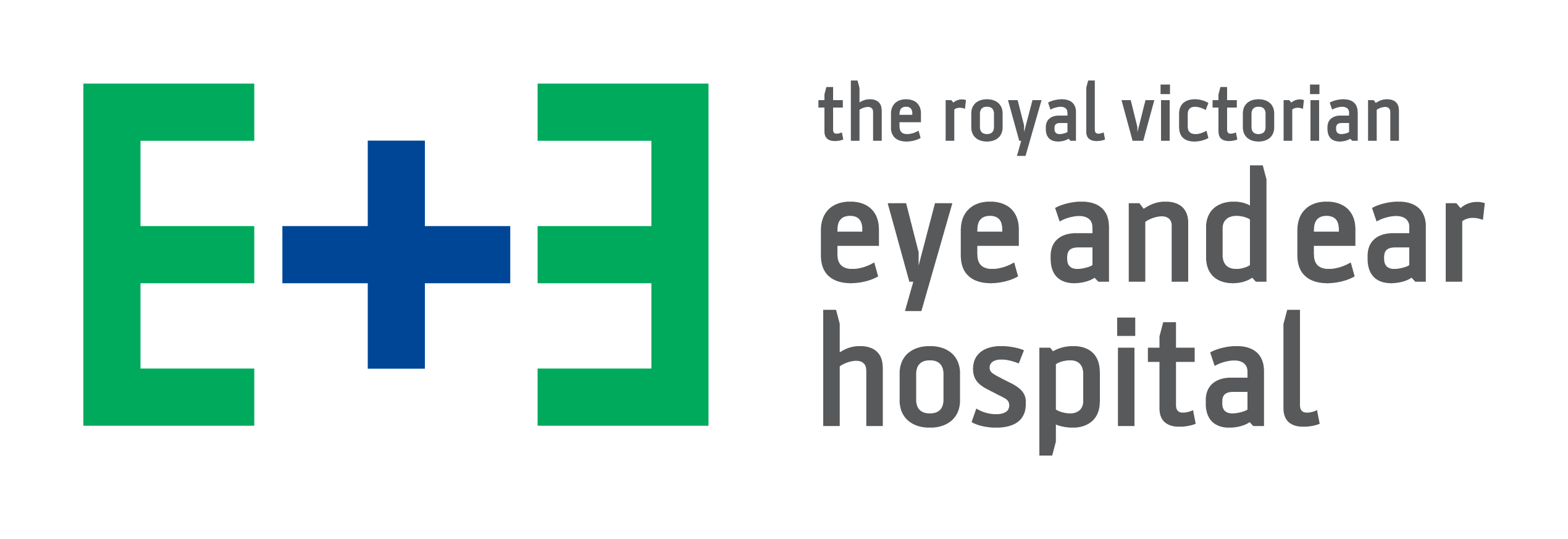What is a vestibular migraine?
Vestibular migraine or migrainous vertigo is a type of migraine that may or may not cause a headache, but can include a number of debilitating symptoms affecting the balance, ears and vision. It is the second most common cause of vertigo.
What do the symptoms of vestibular migraine feel like?
Migraines are often thought of as painful headaches but migraines can involve many other symptoms. These symptoms can change over a person’s lifetime so that the migraines people experience in their thirties or forties may be very different to the migraines they had in their teens.
Vestibular migraine is a type of migraine where you experience episodes of dizziness or imbalance lasting from minutes to days (or longer). The symptoms of vestibular migraine often occur without headaches. If headaches are experienced, they are often one-sided, pulsating and aggravated by physical activity.
During a vestibular migraine, symptoms may include:
- vertigo (a spinning sensation) and/or dizziness
- imbalance or unsteadiness
- feeling unable to tolerate movements such as bending down, looking up or turning the head, especially if they are quick
- sensitivity to light and/or noise and/or certain ‘busy’ visual environments (eg shopping centres)
- visual disturbance (bright/flickering lights or zigzag lines in the person’s vision, blurry or unclear vision)
- nausea and/or vomiting
- reduced or muffled hearing
- tinnitus (sounds such as ringing, buzzing or rumbling in the ear)
- a feeling of pressure or fullness in the ear.
What causes vestibular migraines?
The cause of vestibular migraines is not completely understood. However, it is thought that it is caused by abnormal ‘electric’ messages, which lead to a widening of the blood vessels in and around the brain.
Who gets vestibular migraines?
Migraines can affect anyone but are more common in females than males. Migraines also have a tendency to run in families. Some patients report that their migraines are triggered by:
- hormonal changes e.g. menstruation or menopause
- stress
- lack of sleep (or fatigue)
- certain foods or drinks
- quick movements of the head or body
- being in a crowded or confusing place
- driving or riding in a vehicle
- watching movement around you eg on TV.
- Or a combination of one or more the above.
How is diagnosis made?
If referred to a specialist by your GP, a diagnosis of your condition will be made based on your medical history, answers to questions about when and where the symptoms occur, and a physical examination.
Your doctor may order various tests to rule out other balance disorders. These may include scans or specific tests of the balance portion of the inner ear and brain.
Living with vestibular migraine
For almost all patients, the combination of a healthy lifestyle, medication (if necessary) and vestibular physiotherapy will lead to good recovery from migraines and resumption of normal activities.
Lifestyle changes that reduce or prevent migraines in some people include:
- regular exercise
- avoiding the food or drink that trigger migraines (such as caffeine or alcohol)
- drinking enough fluid
- eating regular meals (and not skipping meals)
- consistent sleep patterns
- stress management
- weight loss program – being overweight may increase the chance of getting episodes of vestibular migraine. If relevant, you should discuss this with your doctor.
Managing anxiety and stress
Many people that experience dizziness and balance problems also experience unpleasant emotions such as anxiety, stress, panic and frustration. Anxiety and stress may trigger or increase symptoms of dizziness. Your doctor may suggest strategies for reducing stress, or refer you to a psychologist to help you manage these symptoms.
Vestibular rehabilitation
You may be referred to a vestibular physiotherapist, who will assess you and prescribe an individualised home exercise program to improve your dizziness and imbalance. These exercises may not prevent an episode of vestibular migraine but will help reduce the symptoms and improve daily function, especially if you have ongoing symptoms between episodes. The exercises will need to be done daily to have optimal benefit.
Preventative medications
Your doctor may prescribe preventative medications to prevent attacks of vestibular migraine. These medications need to be taken every day, whether or not you feel unwell. Some examples of preventative medications are:
- Pizotifen (Sandomigran)
- Propranolol (Imdur, Deralin) – originally used to treat blood pressure
- Verapamil (Isoptin , Veracaps) – originally used to treat blood pressure
- Amitriptyline (Endep) – originally used to treat depression
- Venlafaxine (Effexor) – originally used to treat depression
- Topiramate (Topamax) – originally used for seizures
- Valproate (Epilim) – originally used for seizures.
Often, medications can be stopped after 6 to 12 months, if your condition is under control. However, please consult your doctor before stopping medication abruptly.
Medications to treat an episode/attack of vestibular migraine
Your doctor may recommend one or more of the following medications to be taken at the first sign of an episode or attack:
- Aspirin
- Ibuprofen (Brufen) or diclofenac (Voltaren)
- Sumatriptan
- Prochlorperazine (Stemetil)
- Diazepam (Valium)
You should only take medications that your doctor has recommended for you.
Further information
Balance Disorders and Ataxia Service (BDAS) / Neuro-otology Investigation Unit
The Royal Victorian Eye and Ear Hospital
Phone: (03) 9929 8270
Website: www.eyeandear.org.au/balance
Vestibular Physiotherapy / Falls and Balance Clinics
Call (03) 9929 8270 for a list of vestibular physiotherapists or falls and balance clinics.
Australian Physiotherapy Association
Phone: (03) 95349400
Website: www.physiotherapy.asn.au
Vestibular Disorders Association (USA)
Website: www.vestibular.org
References
Bronstein, A. M., & Kennary, C. (2013). Vertigo and Imbalance. Oxford: Oxford University Press.
Kramer, J. (2014). Vestibular Migraine. Retrieved June 2, 2014, from Vestibular Disorders Association: http://vestibular.org/migraine-associated-vertigo-mav
The Johns Hopkins University, T. J. (n.d.). Vestibular Migraine. Retrieved June 2, 2014, from Johns Hopkins Vestibular Disorders Center:
http://www.hopkinsmedicine.org/neurology_neurosurgery/specialty_areas/vestibular/conditions/vestibular_migraine.html
For current information on Vestibular Migraine, please view the fact sheet here.
